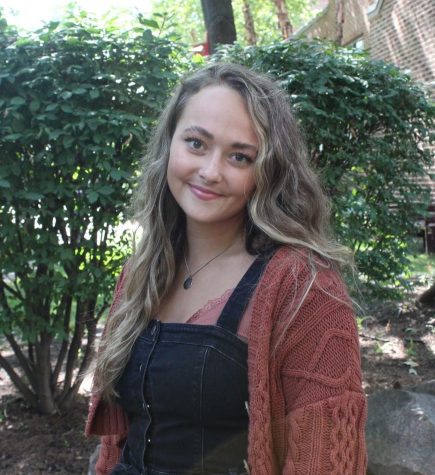Discussing mask mandates a year and a half later
August 31, 2021
We are tired.
As a society, as humans, as a country, we are exhausted.
We have survived and endured the effects of the COVID-19 pandemic for nearly 18 months now, and while this summer gave us a taste of normalcy and hope for a future close to a past we reminisce upon, we are back in the same place we were last academic semester: hiding underneath a mask.
According to The New York Times, COVID-19 has medically impacted 80 million people globally, and stolen the lives of at least 1.7 million.
But what about those of us who are still living, during and after the pandemic?
Are we really living, or are we merely surviving until we can return to a seemingly normal life? Where we can see the faces of friends, strangers and those in between, and experience that nonverbal form of communication, which accounts for 90% of all communication, according to The University of Texas Permian Basin.
What toll does this take on our mental health, our emotional states and our relationship with the world around us?
According to the American Institute for Economic Research, COVID-19 accounts for barely 1.2% of all deaths for those under the age of 25. Notoriously and historically, however, suicide is the second-leading cause of death for people under 25, according to Suicide Prevention Resource Center, and this exceeds only deaths caused by accidental injury, which is the main cause of death for people ages 10-44.
So why, after a year and a half of putting life on hold and changing our daily habits and normalcies completely, are we still subjected to mask mandates on our campus, when there is a vaccine that 63.45% of us have taken as of Aug. 30, according to Doug Oathout, Gannon’s chief of staff and director of Marketing and Communications, and we are more likely to die of suicide due to these restrictions than of the virus itself?
Not to mention, 92.31% of our faculty is currently vaccinated according to this same statistic, which comprises the majority of at-risk individuals on our campus.
In an update to Gannon employees on Aug. 9, President Keith Taylor, Ph.D., said that this reinstating of masks indoors is due to climbing COVID-19 rates in our local communities. He stated that we will continue to monitor our surrounding community for changes in the virus and adjust accordingly, as we always have.
The article posted to the university’s website notes, “For now, we will be back to masks indoors to respect each other and to follow evolving regional guidance and CDC recommendations.”
This is a frustrating reality that many Gannon students, and young adults globally, have been faced with.
What was the point of getting vaccinated, we may often ask ourselves, risking our own health by accepting a vaccination that was not even FDA-approved for teenagers and adults until Aug. 23, roughly eight months after the vaccine was released to the public? All the while taking this chance, when the odds of being hospitalized, encountering serious complications due to the illness and dying as a result are rare, as only 3,000 of those aged 18 to 34 have been ill enough to require hospital care, according to Johns Hopkins Medicine.
We took our precautions, and have been doing so for 18 months now, without sight of the end.
We played our part, and took the risk of injecting an emerging vaccination for the greater good, with hope that our lives would return back to pre-COVID-19 conditions.
But to no avail.
We are exhausted, as are our options and resources.
Most of us have done all that we can as young adults, and all of our global efforts have amounted to little social change.
ALI SMITH





